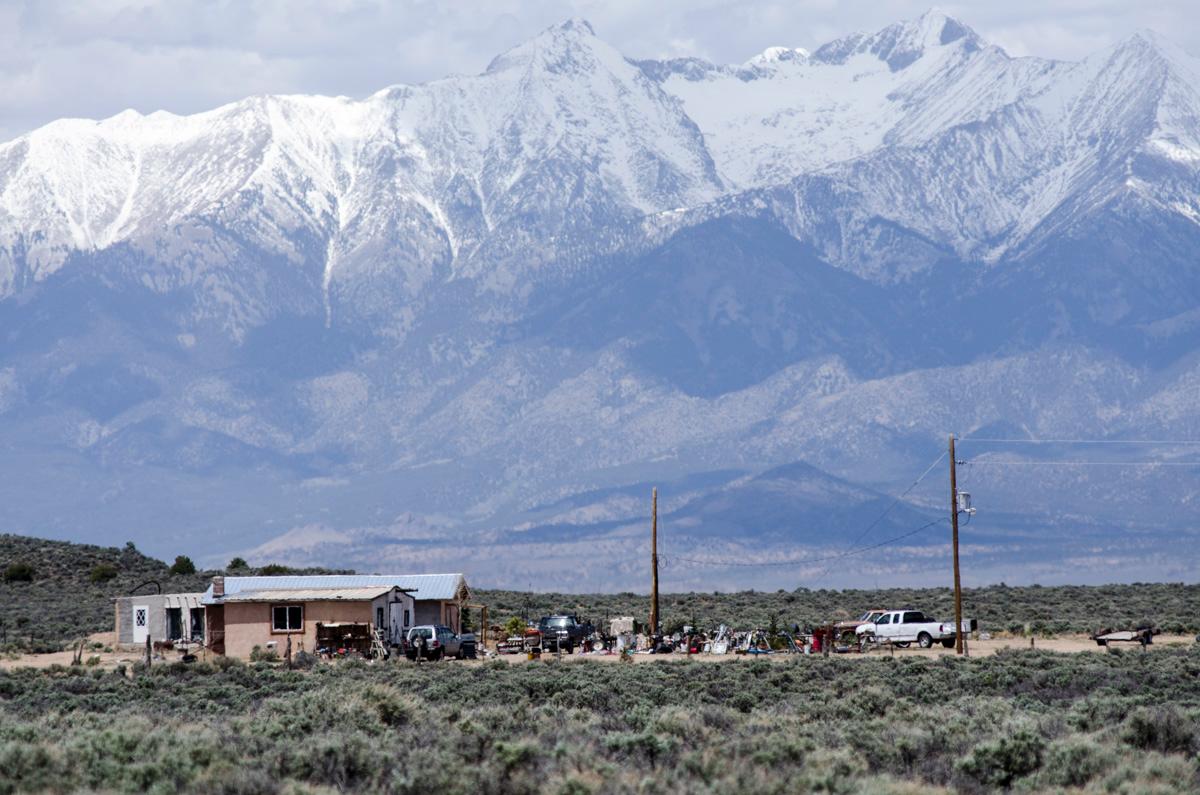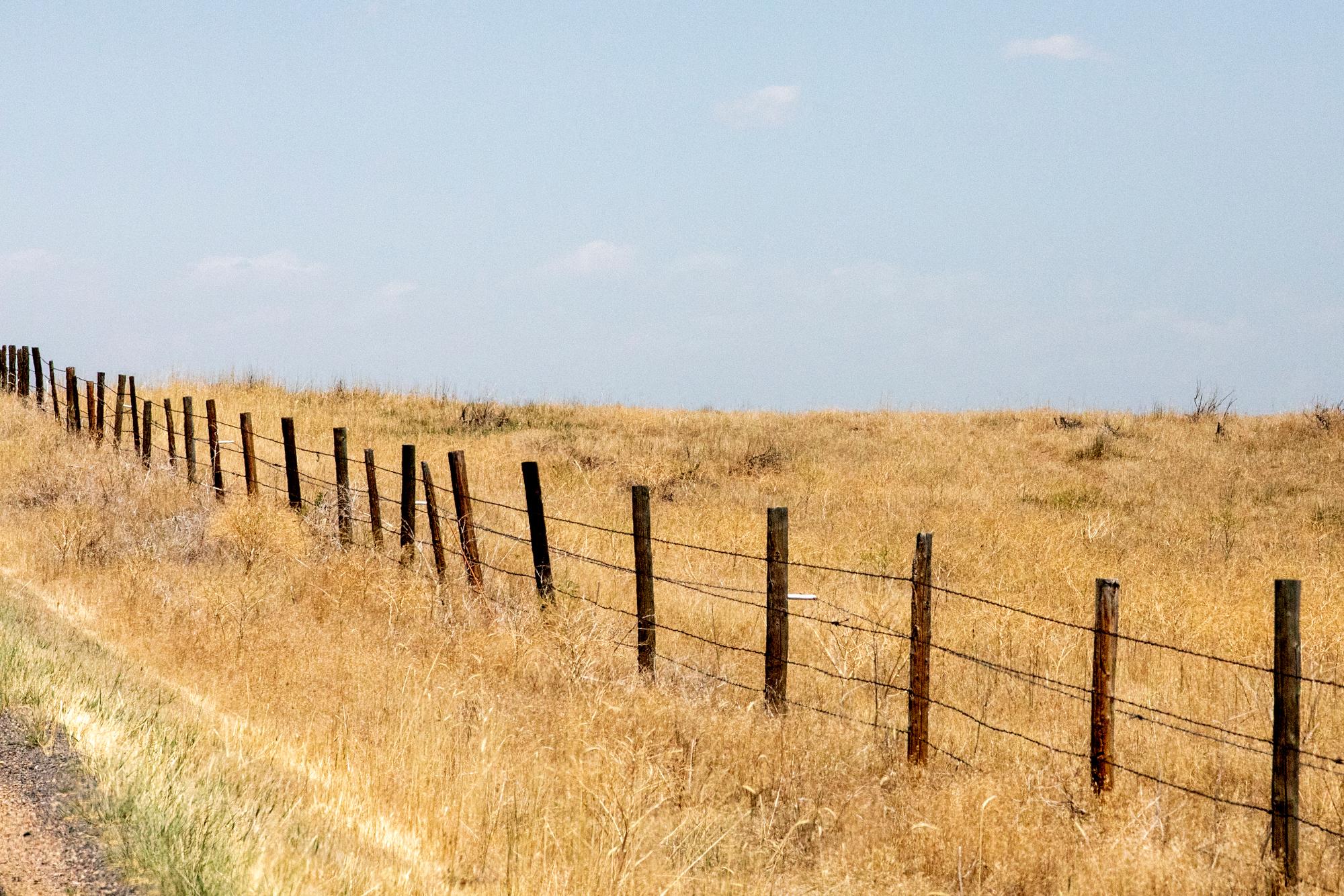
Your health is highly correlated to the county where you live. One out of every five rural counties in the country is becoming less healthy, whereas large urban areas are seeing improvements to overall health outcomes.
That's according to the Robert Wood Johnson Foundation, who released their annual County Health Rankings report today. Andrea Ducas is a program officer with the foundation, and spoke with Ryan Warner.
Ducas on where rural counties like Rio Grande are lagging:
"We did this year see a pretty stark disparity with respect to premature death in rural counties as compared to others. ... I'll also point to a few other social and economic influencers that we know are very important to health that Rio Grande County really sort of might want to focus in on as areas for improvement. So one, for example, is high school graduation rate. Another has to do with rates of unemployment and the number of children in poverty. All of which we know limit access to good jobs, limit access to higher incomes and limit access to opportunity."
Map: How your county stacks up:
On the relationship between health and wealth:
"Every county, whether it's a rural county or a large urban county or even a suburban county, is on its own journey toward health. It's very tempting when you see a county that sort of ranked low to focus in on that low ranking. But it is so critical to dive in, to get a sense of the bigger picture and a fuller picture when it comes to the factors that are keeping us healthy and allowing us to live long and healthy lives. ...
"Even though there are some clear opportunities for improvement, there are challenges in rural communities. You have smaller populations, there are fewer businesses, lower tax bases and so there isn't necessarily as much opportunity for investment. But we know that rural communities ... tend to be incredibly resilient. They know each other. It tends to be easier to work together to overcome obstacles.
"So in Rio Grande County, even though there's some work to do around improving graduation rates, there's work to do around improving smoking rates, physical inactivity scores are actually quite low. They are doing well compared to other counties in Colorado with respect to excessive drinking and along with it, alcohol impaired deaths. And they're doing relatively well with respect to primary care. ... So it's important to make sure that you're you're capturing it the whole context of the story."
On some health struggles in wealthy county:
"There are other areas were Douglas really could stand to improve, including with adult smoking rates -- and this is sort of an interesting one -- we have a measure of social association that is a sort of a proxy for us and social support. And as I mentioned before, rural counties actually tend to tend to have a little bit more social cohesion. So it's interesting to see that in Douglas County that's an area where they might be able to improve."
Colorado's healthiest counties (by health outcomes):
- Douglas
- Broomfield
- Pitkin
- Boulder
- Eagle
Colorado's least healthy counties (by health outcomes)
- Huerfano
- Costilla
- Rio Grande
- Otero
- Alamosa
Note: The report did not rank Hinsdale, Jackson, Mineral and San Juan counties.









